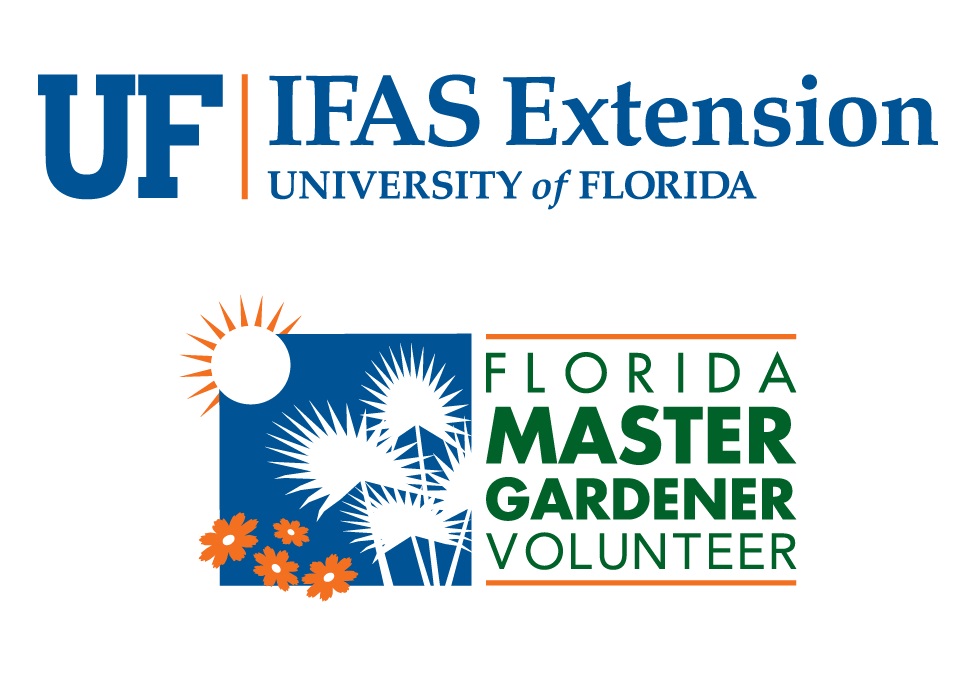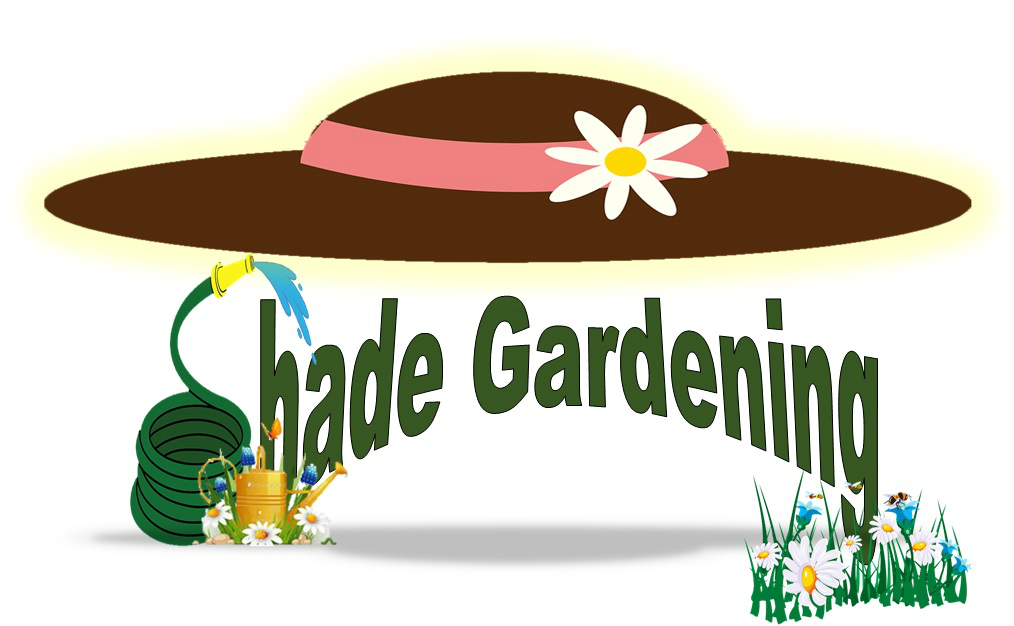Ask Master Gardener Volunteer JoAnn Green
One good thing we have going for us in Wakulla County is well-drained soil. One not so good thing is that our sandy soil does not hold moisture! What can a homeowner or gardener do to improve water retention for the landscape/garden? What other elements do we consider as we prepare or maintain our landscape beds? This month I write about amending your soil, and also why it is important to have your soil tested.
Soil Amendments
Okay, we have well-drained sandy soil in our area that needs a bit of amending to help retain moisture. I found 3 distinct areas in my lawn to show an example of what amending your soil can do for your plants.
In the picture on the right, the top portion is an example of our white, sandy. A critter unearthed this sample from beneath some turfgrass. Evidently when the sod was installed many years ago, no amendments were added!
In the middle, is a sample from an area beneath some shade trees. I did not work in compost or other amendments, just let fallen leaves remain and created a bed. If you look closely, you can see some white sand and also darker composted organic materials. This sample was taken from about one inch below the leaf matter. As I dug down farther, the soil got whiter.
The bottom sample is from a bed that I amended with a thick layer of compost over 20 years ago. I also add leaves or pine straw to the beds each fall. I dug this sample at a depth of about 4 inches.
As you can see the amendments darken the white sandy soil. Amendments also add organic matter that helps retain moisture and nutrient holding capacity for your plants. Besides compost, peat moss or manure are two good organic materials that can be worked into the soil. You want about 3-6 cubic yards for 1000 square feet of area (https://edis.ifas.ufl.edu/pdffiles/LH/LH01200.pdf )
Soil Analysis
If you have not done so, one of the first steps you can take even before you amend the soil, is to send off a soil sample for analysis. The University of Florida has research articles about soil tests with lots of good information for the homeowner: the first is about the actual steps in taking the soil sample (https://edis.ifas.ufl.edu/pdffiles/SS/SS49400.pdf ) and the second is about soil pH (https://edis.ifas.ufl.edu/pdffiles/SS/SS48000.pdf ). I recommend the $7.00 test where you receive an analysis of the soil pH and  other essential elements your plants need. The Extension Office has a free kit with the application form, bag for the soil sample, and mailing envelope for you to send the sample to the University of Florida. The flat rate for mailing the sample (1 or 2 bags) is approximately $8.00. You will receive results in 3-6 weeks. And the best part is the Extension Agent also receives a copy of your results and can consult with the homeowner about the best way to amend your planting beds.
other essential elements your plants need. The Extension Office has a free kit with the application form, bag for the soil sample, and mailing envelope for you to send the sample to the University of Florida. The flat rate for mailing the sample (1 or 2 bags) is approximately $8.00. You will receive results in 3-6 weeks. And the best part is the Extension Agent also receives a copy of your results and can consult with the homeowner about the best way to amend your planting beds.
Soil Sample Printable Forms – Links Below
Landscape and Vegetable Garden Test Form
Soil pH
The article about soil pH is of particular interest to those of us in Wakulla County. It explains that the pH level in our sandy soil can greatly affect the intake of essential nutrients for the plants or can even increase the toxicity of certain elements. The average pH of Florida soils is 6.1 or slightly acidic. In Wakulla, the pH of our sandy soils tends to be slightly higher, and in some areas the pH is in the 7’s (neutral) or near 8 which is leaning towards alkaline. Where I live, our soil pH runs between 6.3 and 6.7, depending on whether the site has been amended or not.
Shade Plants and Soil Requirements
When reviewing the list of shade plants suggested for our area (https://edis.ifas.ufl.edu/pdffiles/EP/EP45700.pdf ) I noted that many natives do well in acidic or alkaline soil; so native plants might be something to think about if you do not want to put a lot of time and effort into trying to adjust the pH of your soil. Some of the non-natives such as azalea, Aztec grass, and gardenia prefer more acidic soils in the 5.0-6.0 range. And other non-natives prefer ‘rich’, ‘loamy’ soils which are high in organic matter so the soil retains moisture.
If you are preparing a new bed, add a thick layer compost, peat moss, or manure and work this into the soil. If you are planting in an established bed that needs some amendments added, dig a large hole and work in the organic material to the fill soil that you place around your plant. Top your planting beds with mulch (leaves, pine straw, wood chips, etc.) to minimize weeds and help retain moisture.
This is the time of year when we start raking leaves and pine straw from the lawn – a great way to have free mulch! When raking those leaves into your landscape beds it is best that you mulch up to but not touching stems or the trunks of your plants and trees. I hope the cooler October weather inspires you to get outside and enjoy time in your landscape!
If you have any questions or suggestions for future articles please email to wakullamg@ifas.ufl.edu
| The Institute of Food and Agricultural Sciences (IFAS) is an Equal Opportunity Institution authorized to provide research, educational information, and other services only to individuals and institutions that function with non-discrimination with respect to race, creed, color, religion, age, disability, sex, sexual orientation, marital status, national origin, political opinions, or affiliations. U.S. Department of Agriculture, Cooperative Extension Service, University of Florida, IFAS, Florida A&M University Cooperative Extension Program, and Boards of County Commissioners Cooperating |
 0
0


